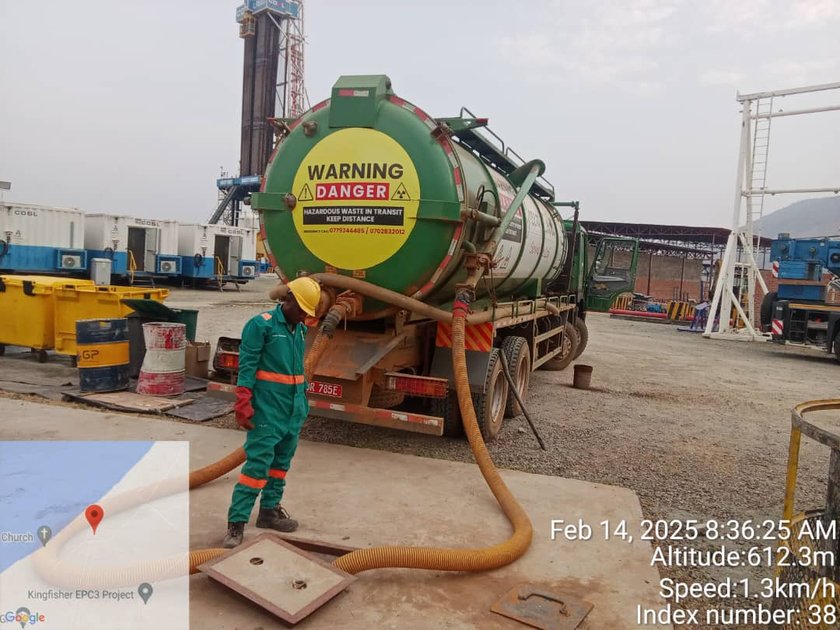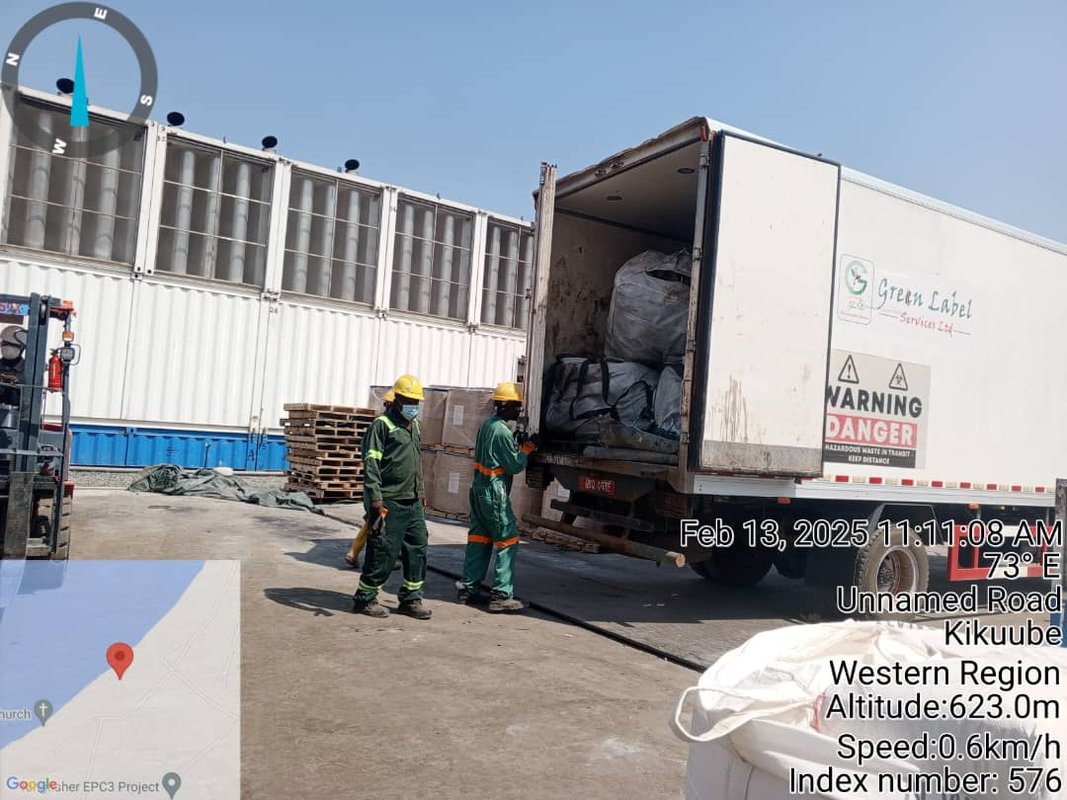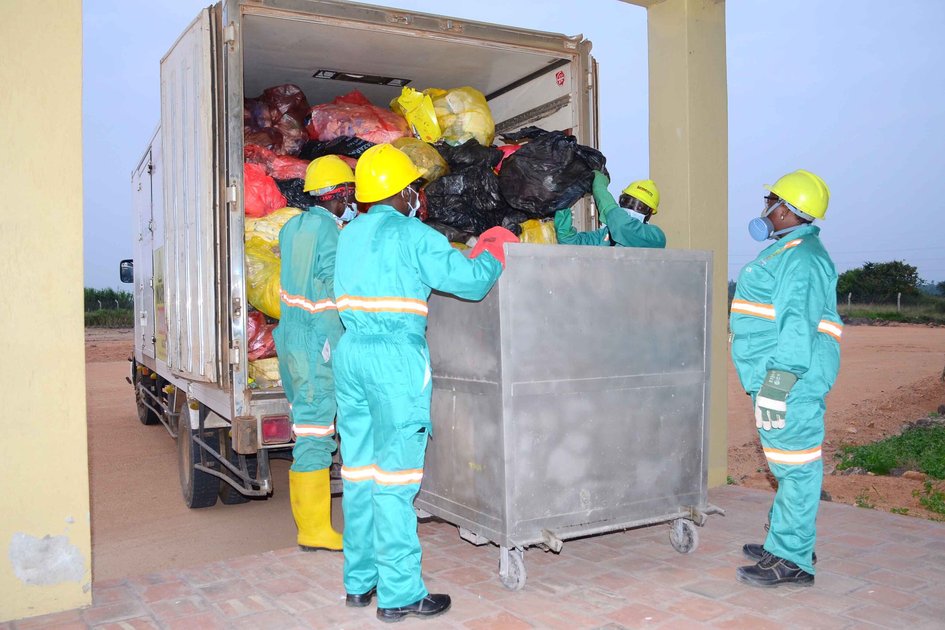Best Practices in Oil and Gas Waste Disposal and Management

oil waste
Understanding Oil and Gas Waste
Oil and gas operations produce various types of waste, including:
Drilling muds and cuttings
Produced water (oil-contaminated wastewater)
Chemical additives and residues
Hydrocarbon-contaminated soil
Industrial sludge and tank bottom waste
Obsolete equipment and hazardous packaging
If these materials are mishandled, they can lead to contamination of soil, groundwater, and air, threatening biodiversity and public health.
Green Label’s Approach to Oil and Gas Waste Management
Green Label provides comprehensive, compliant, and environmentally responsible waste management solutions to oil and gas companies across East Africa. Our approach is grounded in international best practices and aligns with Uganda’s National Environmental Regulations and the industry’s ESG (Environmental, Social, and Governance) goals.
1. Waste Characterization and Classification
We begin by identifying and classifying all types of waste based on toxicity, reusability, and disposal needs. This ensures that each waste stream is treated or disposed of in the safest and most efficient manner.
2. Segregation and Containment
Proper segregation is vital. Green Label ensures that hazardous and non-hazardous wastes are stored separately in clearly labeled containers. We also provide mobile containment solutions for use in remote exploration fields.
3. Safe Transportation and Logistics
Our team handles waste collection and transport using licensed and compliant vehicles equipped for hazardous materials. All drivers and handlers are trained in spill response and emergency preparedness.
4. Treatment and Disposal Technologies
Depending on the nature of the waste, Green Label employs:
Thermal treatment (incineration) for hydrocarbon-rich waste
Stabilization and solidification for sludge and tank residues
Bioremediation for contaminated soils
Deep well injection for selected liquid waste streams
Recycling and reuse for certain drilling fluids and metal scraps
5. Site Decontamination and Rehabilitation
For oil spill sites or old drilling pads, Green Label offers complete decontamination services, including soil testing, clean-up, and environmental restoration.
6. Training and Compliance Support
We work with oil and gas firms to train staff in proper waste handling, documentation, and compliance with NEMA and international HSE (Health, Safety & Environment) standards.
Sustainability and the Circular Economy
Where possible, Green Label promotes the reuse and recovery of waste materials. Used oil can be re-refined, drilling cuttings can be stabilized for road base construction, and metal waste can be recycled—supporting a circular economy and reducing environmental impact.
Why Proper Oil and Gas Waste Management Matters
Environmental Protection: Prevents pollution of air, land, and water sources
Health and Safety: Minimizes occupational hazards and public health risks
Regulatory Compliance: Avoids legal penalties and project delays
Reputation Management: Demonstrates corporate responsibility to investors and communities
Conclusion
Oil and gas waste disposal requires expertise, technology, and a deep commitment to sustainability. Green Label offers all three—helping companies in the energy sector minimize their environmental footprint while maintaining operational efficiency. From upstream to downstream, our solutions are tailored to protect ecosystems, communities, and corporate reputation.
Gallery

oil waste management


Comments (1)